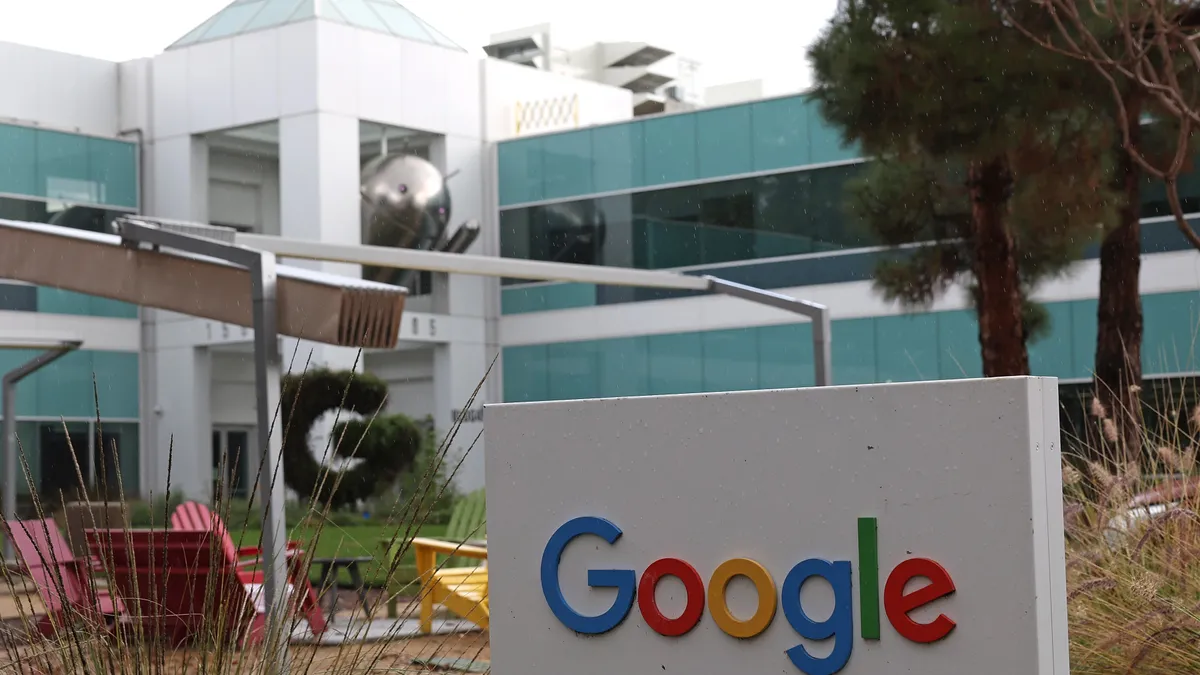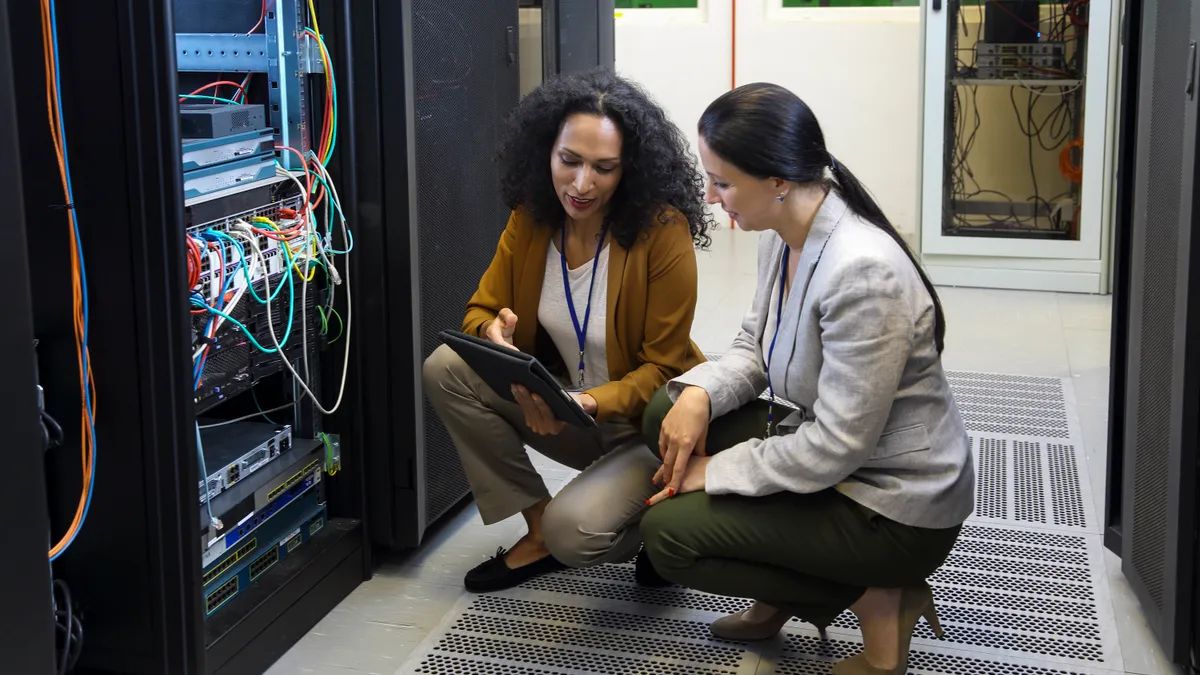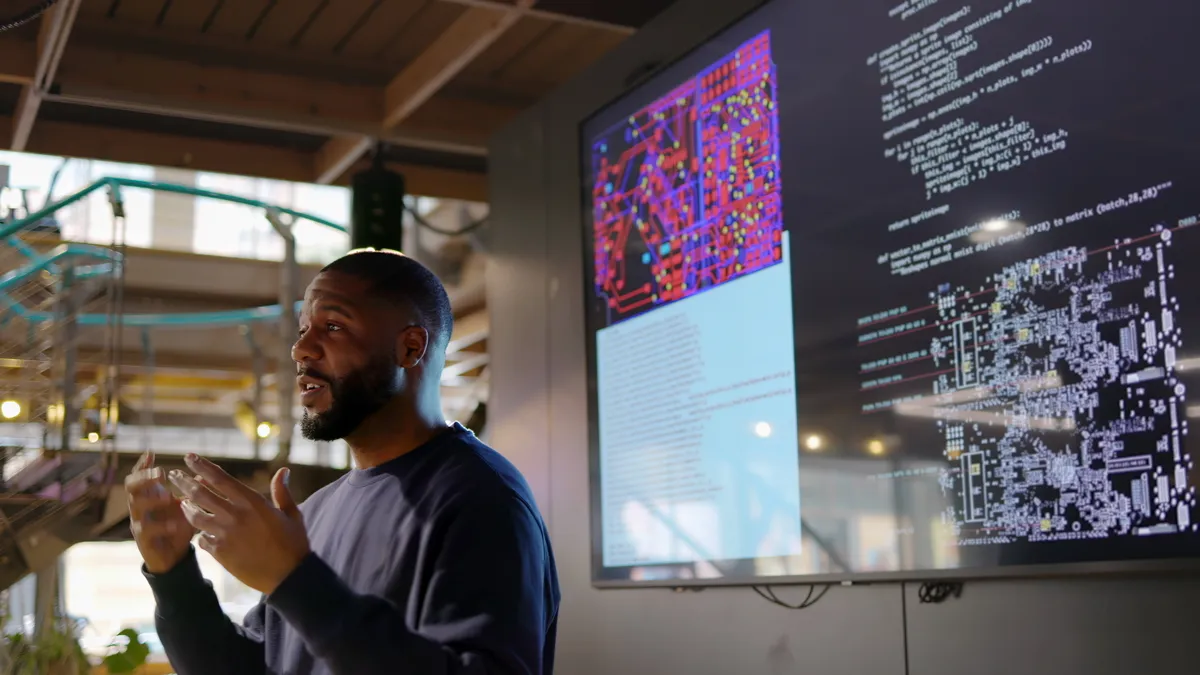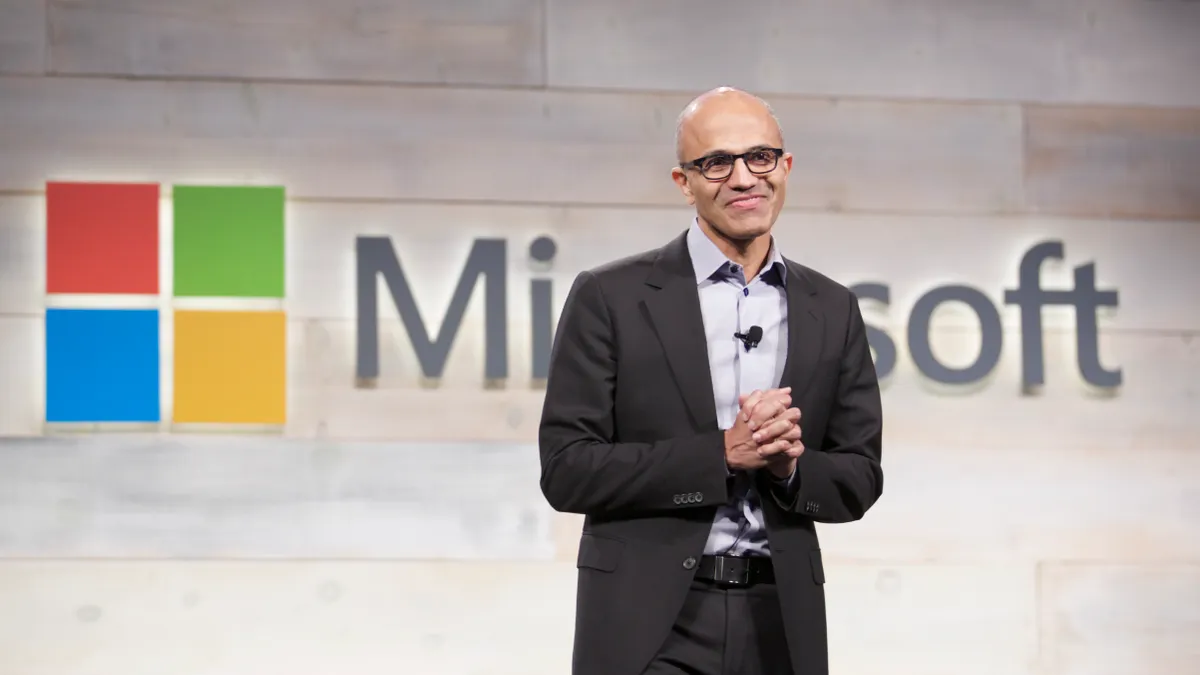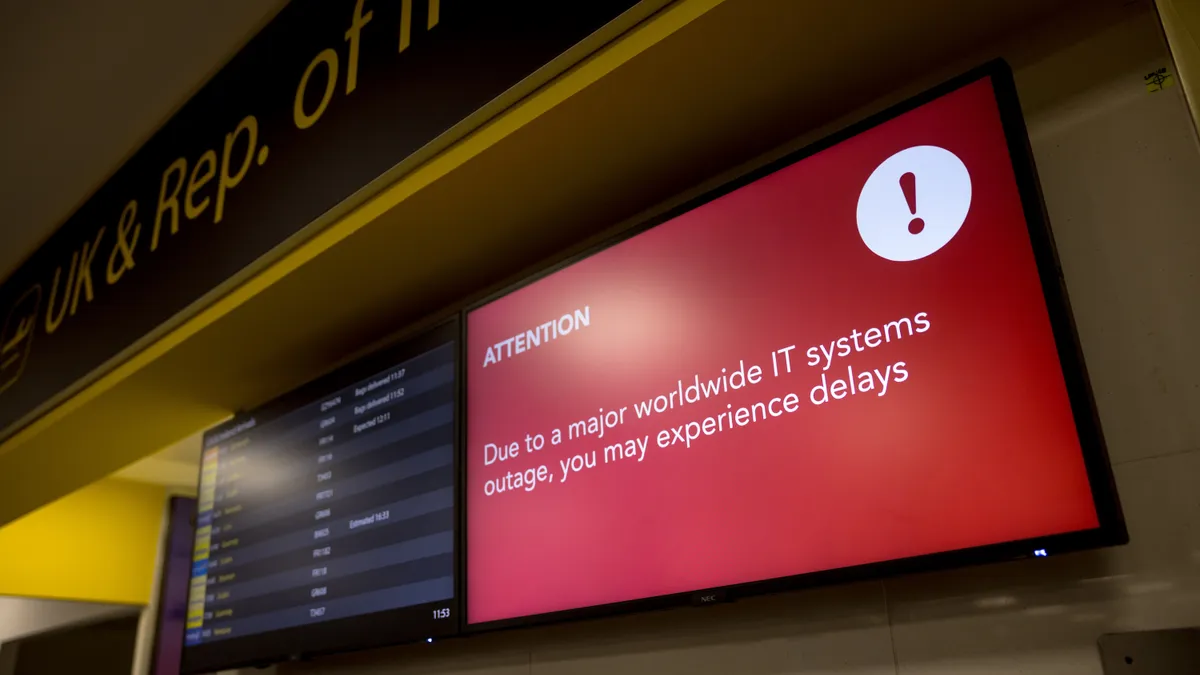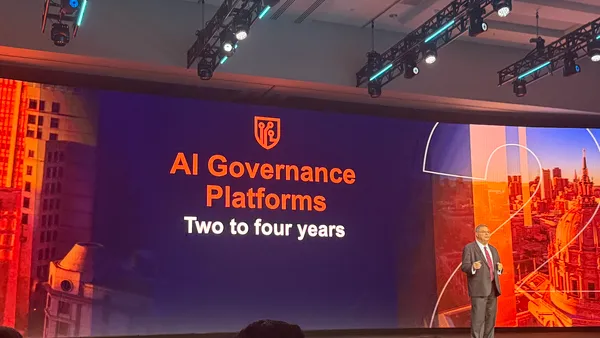The CIO role that emerges from the pandemic will look different than in years past. CIOs reporting directly to the CEO will become the norm, as tech executives lead companies through supply chain, IT and compliance challenges.
The shift in the executive's profile stems from changes in how businesses view technology within the organization, according to Daryl Plummer, distinguished research VP and Gartner Fellow, who released the analyst firm's top predictions for the next five years during the Gartner IT Symposium/Xpo Wednesday.
Trends forecast by Gartner range from IT infrastructure to C-suite dynamics and bleeding edge technology trials.
"We live in a world where things are always on the change," said Plummer. "What we have to do is be able to keep up, not just with technology, but in the way we work, our processes, and in societal issues that we face every day."
Here are five key Gartner predictions CIOs need to know:
"By 2024, 25% of traditional large enterprise CIOs will be held accountable for digital business operational results, effectively becoming 'COO by proxy.'"
Technology is more central to business operations than ever, given the reliance on digital commerce led by customer behavior changes and accelerated by the pandemic. As technology shifts closer to the core, so will the CIO.
"The digital generation of above-the-line value has to be done through a real deep understanding and a fusion of technology and business goals," Plummer said. It's a challenge that leaves the CIO in an ideal position to help organizations execute on those goals.
CIOs will report more frequently to the CEO, taking a role closer to the line of business as they help companies differentiate products and services.
"They have to start figuring out how to close the gaps in the business between what technology can do, what the business can do, and what the business wants to be," said Plummer.
"By 2025, 75% of conversations at work will be recorded and analyzed, enabling the discovery of added organizational value or risk."
In the aftermath of the remote work pivot, more of the daily workload takes place in digital platforms that record every single keystroke, attachment or sentence. When digital platforms replace in-person interactions, recording becomes is normalized.
In response, companies will begin to measure data from these recordings.
"The imperative for the CIO is to create a board of ethics to make sure that the data is used responsibly, that people's privacy is not violated for no good reason, that in fact it's used as an advantage for them, and they can opt out of things that they would rather opt out of," Plummer said.
"By 2025, traditional computing technologies will hit a digital wall forcing the shift to new paradigms such as neuromorphic computing."
With organizations needing more from their digital products and IT infrastructure, computer vision, artificial intelligence and speech recognition will "become pervasive," according to Gartner.
"Neuromorphic computing is an idea that says we need computers that act and think more like a human brain," said Plummer.
Company reliance on these technologies to enable digital products will exhaust the strength of existing processors, accelerating adoption of bleeding-edge advanced computing architectures.
"By 2024, 30% of digital businesses will mandate DNA storage trials, addressing the exponential growth of data poised to overwhelm existing storage technology."
Data currently means opportunity and risk for companies. The upside to holding treasure troves of customer data is empowering predictive analytics. The downside, as companies who've suffered breaches know too well, is the financial and legal implications of failing to protect personal information.
"We are collecting more information every year that we've ever collected before," said Plummer. That information is running into limitations on how long it can be stored."
From a security and infrastructure standpoint, the long-term protection of data is a challenge enterprises must face. CIOs can lead organizations to experiment with technologies to solve for the shortcomings of traditional storage.
The firm envisions companies running data trials on a DNA storage mechanism that can save binary digital data in the double helix, encoding the digital zeros and ones into DNA strands.
"We're talking about storing all of human knowledge in a small amount of synthetic DNA," said Plummer.
"By 2023, large organizations will increase employee retention by more than 20% through repurposing office space as onsite childcare and education facilities."
Lack of access to tech workers threatens plans of expanded CIO oversight in the organization. Without technologists, IT organizations can't build products that improve efficiency, maintain critical infrastructure or deliver additional revenue streams.
With office space redefined by the pandemic, companies can leverage unused office space to support employees through on-site child care. Businesses will need to evaluate real estate holdings in order to identify office space that can be turned into childcare or educational space.
Benefits can lure tech workers looking for a change. Two-thirds of tech workers are entertaining the idea of relocating away from tech hubs as remote work becomes the norm, a Blind survey found.







